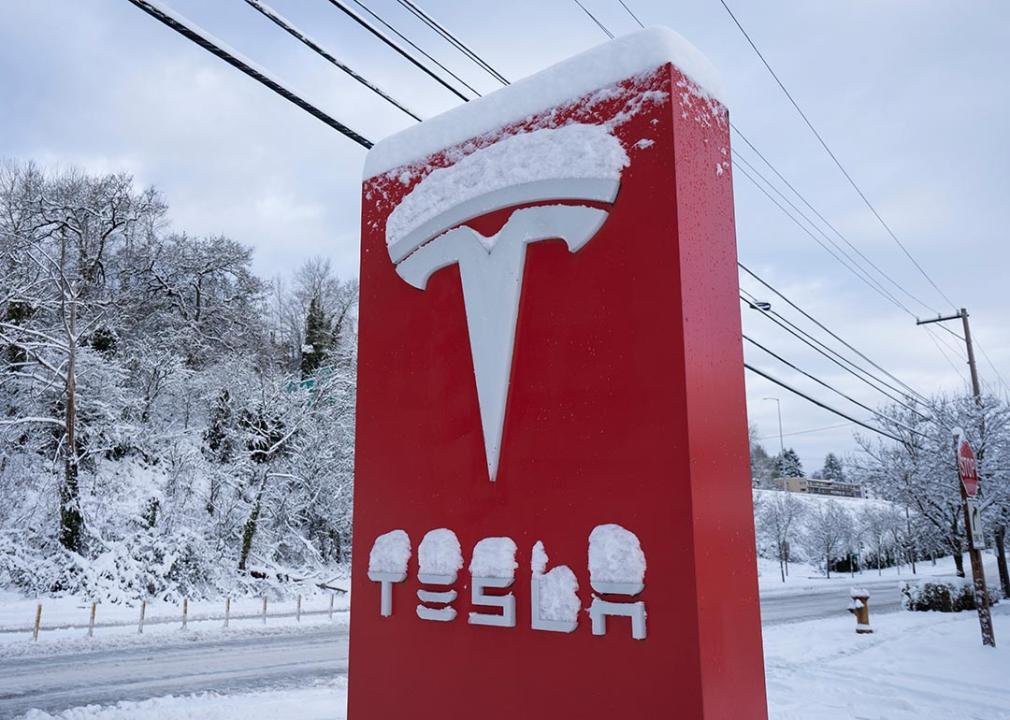
What happens to electric cars in cold weather? Can Tesla keep its cool when the mercury drops? In January, Chicago's winter freeze served as a brutal reality check for electric car enthusiasts. Frozen handles are nothing new for Tesla owners, nor are issues with frozen windows, mirrors, or wipers. But as of late, Tesla is grappling with a new challenge.
For the past few years, Tesla has dominated the electric vehicle market. In 2023, Tesla accounted for over 50% of total electric vehicle sales in the United States. The Model Y, with over 1.23 million units sold between January and December, became the world's best-selling vehicle in 2023, dethroning the likes of the Toyota RAV4 and Corolla. That's no mean feat. But as Chicago and much of the Midwest plunged into a deep freeze, an avalanche of new questions snowballed into the scene.
In the wake of several reports of electric vehicles not functioning or charging properly in cold weather, Way.com looks into what underlies Tesla's deep freeze trouble.
Here's what happened to electric cars in cold weather: As temperatures plummeted to negative double digits this January, charging stations transformed into car graveyards in and around the Chicagoland area.
One Tesla user, speaking with a local Fox News station, summed it up thus: "We got a bunch of dead robots out here."
It was reported that EV drivers were struggling to keep batteries charged. In certain instances, tow trucks were summoned to move stranded cars. Areas experiencing extremely cold weather have reported hours-long lines and charging issues. As freezing temperatures left Tesla charging stations in Chicago filled with zombie cars, the question begs: What led to this situation?
Recent events served as a chilly wake-up call for EV owners, especially Tesla drivers. Tesla vehicles equipped with lithium-ion batteries tend to throw a chilly tantrum when facing below-freezing temperatures. Basic battery operations do not function optimally. Charging tends to slow down. Additionally, electric cars also tend to lose their driving range in similar conditions.
Car rental service Hertz recommends Tesla owners (and renters) maintain a charge level above 20 percent in severe cold. Cold weather prompts increased energy usage for heating the battery and cabin, leading to increased energy consumption.
In addition, Mark Bilek from the Chicago Auto Trade Association, speaking with Fox 10 Phoenix, emphasized the importance of preconditioning the battery. This involves bringing the battery to the optimal temperature to facilitate a fast charge.
The irony is that the heat needed for charging comes from the battery itself. That means stranded Tesla drivers find themselves in a paradox—draining the battery just to charge it.
According to Tesla, here are some important tips to follow while driving and charging in freezing temperatures.
And here's one additional tip:
This story was produced by Way.com and reviewed and distributed by Stacker Media.